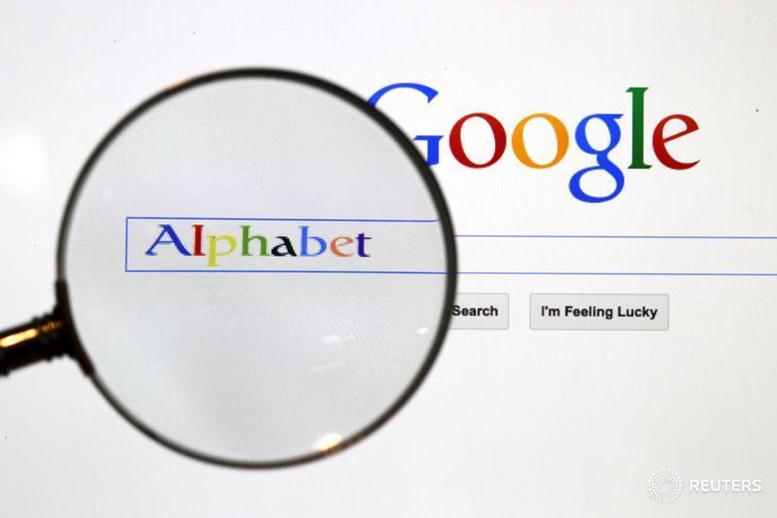Tech giant Alphabet Inc. (NASDAQ:GOOGL) announced earlier today that it has sealed a contract with Telkom Kenya that would see the deployment of an internet balloon in Kenya. The balloon system, known as Loon, will beam high-speed Internet access across rural and urban areas in the country. This deal is a very important one for Alphabet as it marks the first commercial deal for the company in Africa.
The Internet Balloon in Kenya
The balloon system was initially developed by Alphabet’s X, the company’s innovation lab, and later became Loon, a subsidiary of Alphabet.
The project became very popular last year when it provided internet connectivity to over 250,000 people in Puerto Rico following Hurricane Maria on the island. Loon partnered with internet service provider AT&T (NYSE:T) to provide connectivity to residents of the island after 68% of Puerto Rico’s cell sites went down following the hurricane.
Kenya is now hopeful that the technology will help the country to provide internet access to its entire populace. Alastair Westgarth, the chief executive of Loon, stated that “Loon’s mission is to connect people everywhere by inventing and integrating audacious technologies.”
Loon chose to partner with Telkom Kenya for the project, which surprised some considering Telkom is only the third largest operator in the country behind market leader Safaricom and Bharti Airtel’s Kenyan unit. However, Telkom Kenya is committed to giving its best to ensure the success of the project. Aldo Mareuse, the chief executive of Telkom, stated, “We will work very hard with Loon, to deliver the first commercial mobile service, as quickly as possible, using Loon’s balloon-powered Internet in Africa.”
At press time, the details of the deal were not disclosed.
What is Loon?
Loon is a very interesting technology that makes use of onboard solar panel-powered balloons to provide 4G internet service to areas with usually lower population densities.
The balloons usually float at 60,000 feet above the sea level, which keeps them safe from air traffic, wildlife, and weather events.
According to Loon, “Each balloon can provide connectivity to a ground area about 80 km in diameter using a wireless communications technology called LTE. To use LTE, Project Loon partners with telecommunications companies to share cellular spectrum so that people will be able to access the Internet everywhere directly from their phones and other LTE-enabled devices. Balloons relay wireless traffic from cell phones and other devices back to the global Internet using high-speed links.”
This project is a very important one for Kenya as their rural areas lack cellular coverage, a problem that most African countries face.
What do you think about the internet balloon in Kenya?
>> Walmart Inc Teams with Fintech Company to Offer Employees Financial Guidance
Featured Image: Twitter










